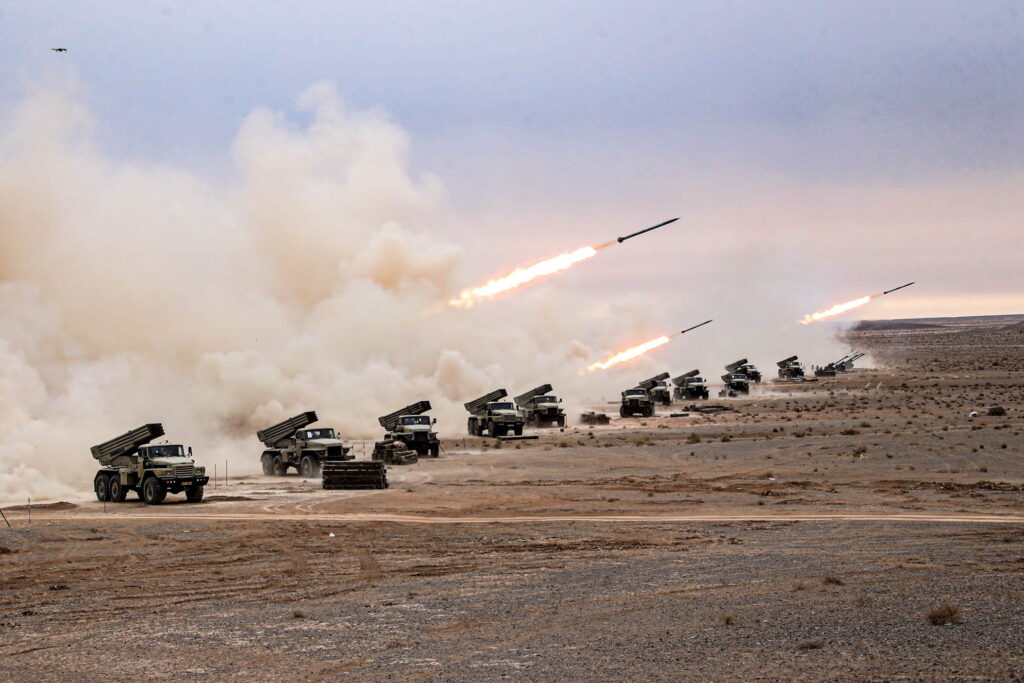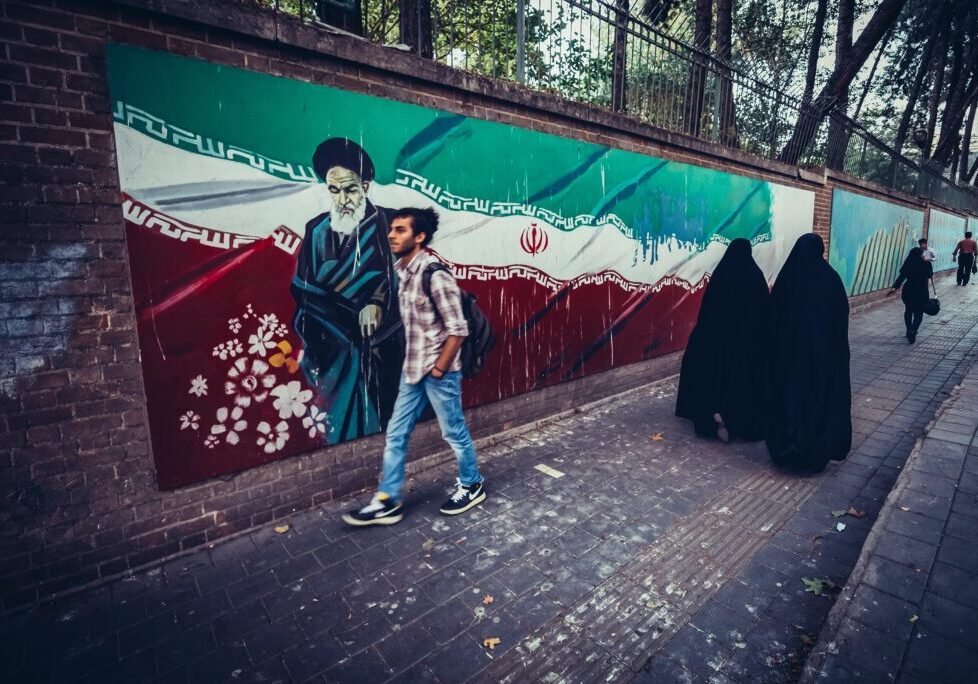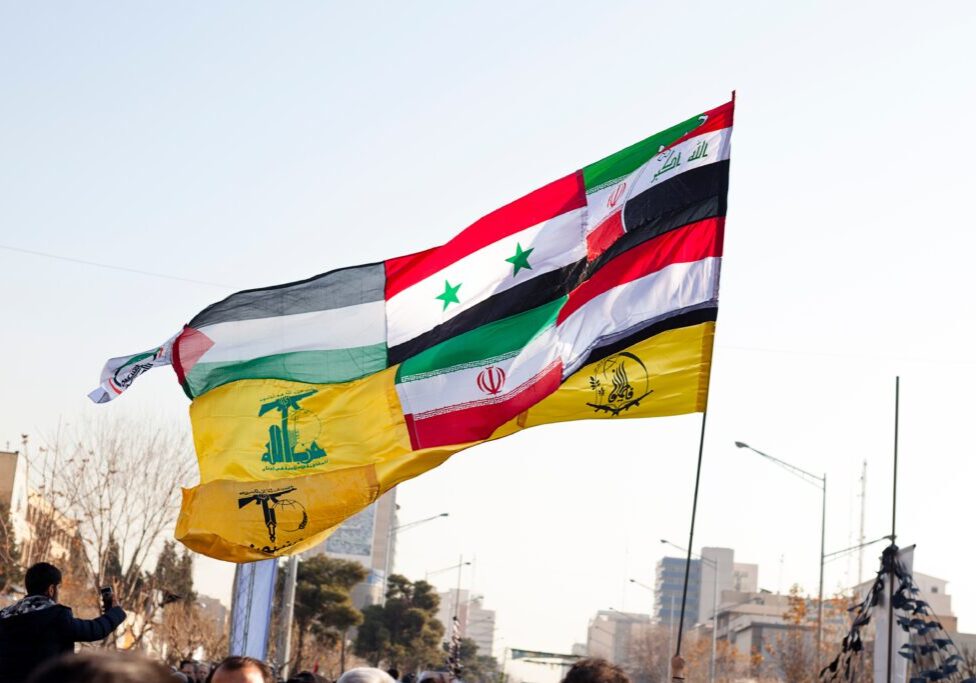Australia/Israel Review
Iran’s “Ring of Fire” around Israel
Aug 14, 2024 | Oded Yaron

As Israel awaits a response from Iran and its allies following the killing of Hamas’ political chief, Ismail Haniyeh and Hezbollah commander, Fuad Shukr, its air defence systems may have to deal with simultaneous threats of different kinds from multiple fronts.
The different means of attack, as well as the threat of combined strikes coming from multiple fronts, will affect Israel’s ability to intercept projectiles and warn its citizens. An Iranian attack, much like its attack last April, which included the use of drones, may have early warning, but Hezbollah has the ability to launch a large number of precision missiles giving Israel just 60-90 seconds of warning, possibly less, making it the greatest threat facing Israel’s air defence system.
Hezbollah is estimated to have 150,000 missiles and rockets of varying ranges, and many of those munitions are located in close proximity to Israel’s borders. A full utilisation of these capabilities will challenge Israel’s ability to provide early warning to citizens, and also intercept projectiles effectively.
Hezbollah also possesses an extensive arsenal of ballistic rockets and missiles, most with fairly short ranges, such as the Falaq 1 which hit the Majdal Shams soccer field in July, killing 12 children and teenagers, and the short-range Burkan rocket, which is equipped with a large 500 kg warhead. These rockets, however, are not precision missiles, and are not remotely controlled.
Along with these capabilities, Hezbollah also possesses a large quantity of longer-range missiles, including; the Zelzal 1 at 160 km, the Zelzal 2 at 210 km and the Fattah 110 at 300 km, all of which can reach most parts of Israel, and whose precision Hezbollah has worked on improving in recent years.
Should Hezbollah use missiles of this category, Israel would have only a few minutes to locate and intercept them. Furthermore, among Hezbollah’s main strike assets are the Kornet and Almas anti-tank missiles, which have killed and injured Israelis and caused heavy damage across Israel’s northern communities.
Hezbollah also has a large number of remote-controlled kamikaze drones, which are more accurate although carrying a smaller payload than the missiles. The range of one of these drone models, known as the Shahed 129, can cover all of Israel’s territory, and since the war’s start, Israel’s air defence systems have struggled to intercept them, given Israel’s preference for systems designed to intercept missiles and rockets as well as the difficulties of radar tracking in the mountainous terrain in the country’s north.
Despite being a primary supplier of weapons for militias and armed groups in the Middle East, Iran possesses unique strike capabilities not shared with its regional allies. Most of them were used in last April’s attack, when it launched GPS-guided Shahed 129 and Shahed 136 drones, which have a range of more than 2,000 km. These drones have a speed of under 200 kmh, and, consequently, can be located and intercepted hours before they reach Israel.

Image courtesy of the Jewish Institute for the National Security of America (JINSA)
Iran also launched its domestically produced, GPS-guided ballistic missiles with large payloads, which also have an extended warning time of around two hours. In April’s strike, Iran also launched Paveh 351 cruise missiles against Israel, which have a shorter warning time, and greater precision.
Iran has also armed numerous militias in the Middle East, such as Kataib Hezbollah in Iraq and organisations in Syria, as well as its southern arm, the Houthis in Yemen, who possess a large arsenal of Samad 3 drones, used in a strike that killed one and wounded ten in Tel Aviv in July. These low-speed drones have long ranges, but carry a relatively small payload.
The Houthis also possess ballistic missiles, such as the Heidar and Tufan, as well as cruise missiles similar to the Iranian Paveh 351. In this case, like launches from Iran, there is early warning, far more than the threat from the Lebanese border.
Even though Hezbollah is the greatest threat, a combination of threats, especially if launched simultaneously against Israel, would pose a significant challenge to Israel’s defence systems.






